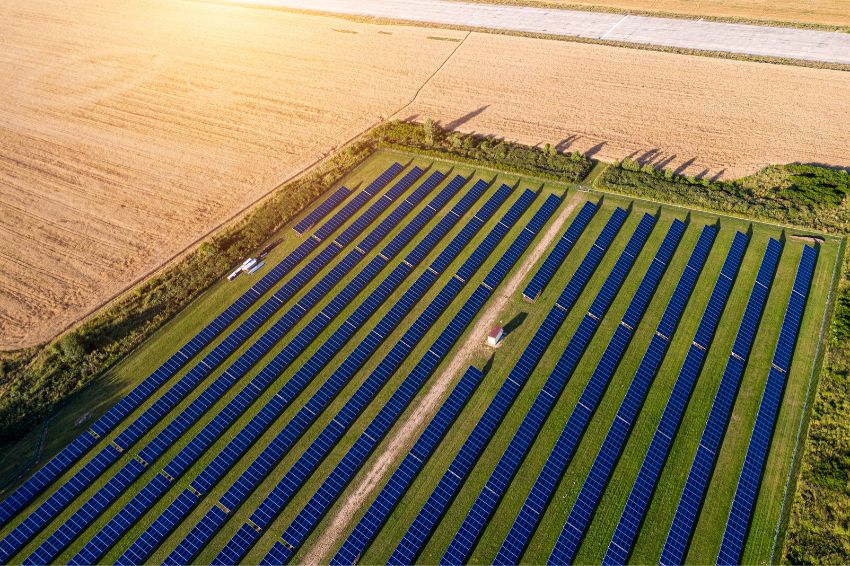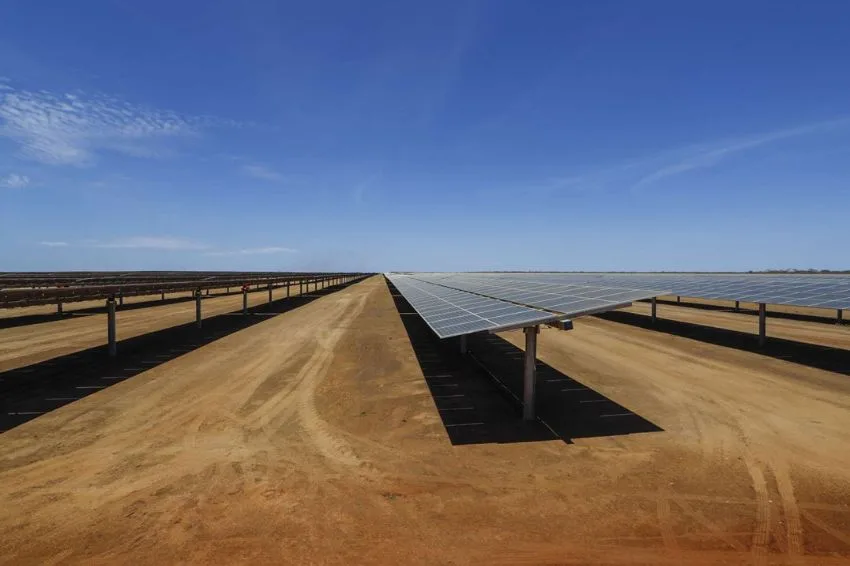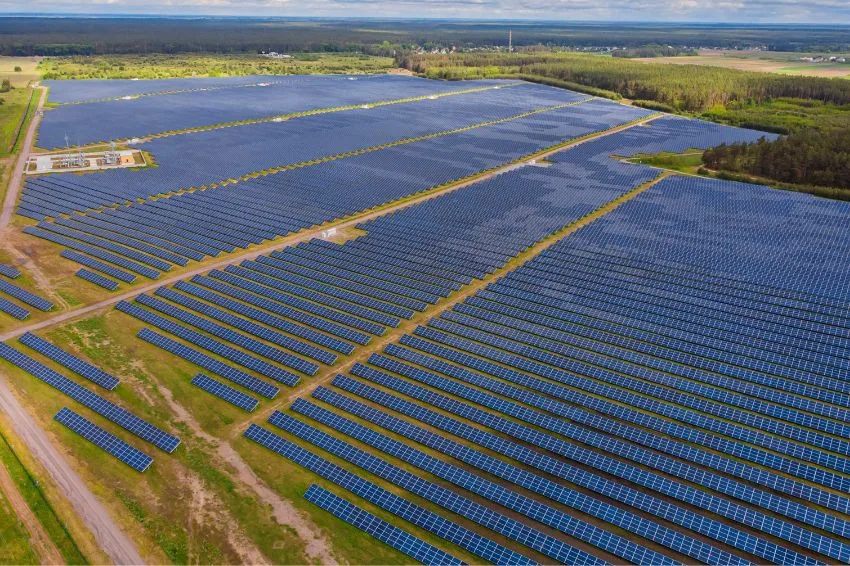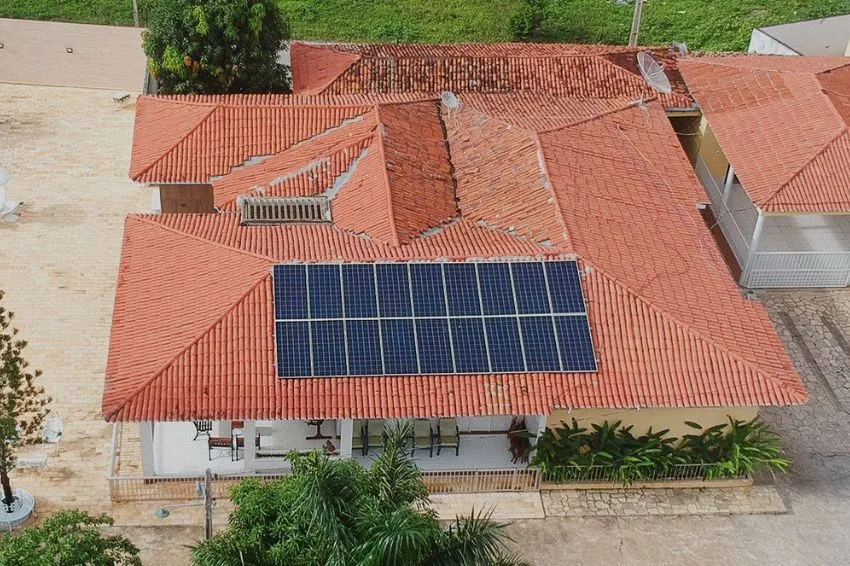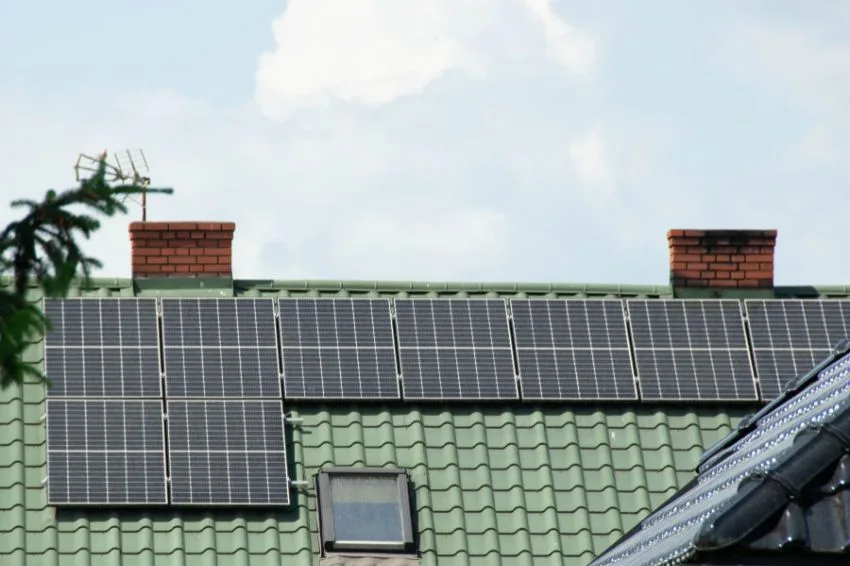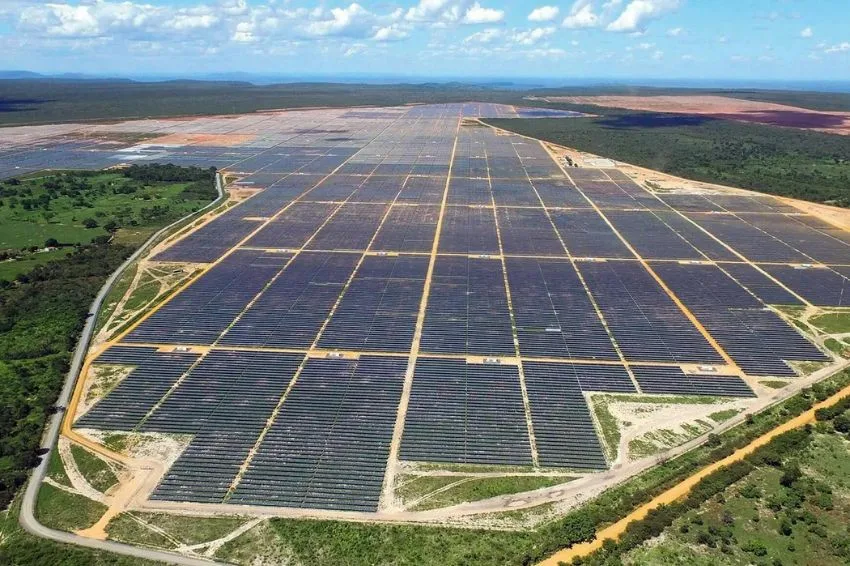At a time of growing geopolitical uncertainty and acceleration of energy transitions, an extraordinary endowment of energy and mineral resources and a history of leadership in clean energy position the Latin America and the Caribbean to play an increasingly influential role in the global energy sector, according to a new report from the IEA (International Energy Agency).
The energy landscape of Latin America and the Caribbean is the Agency's first in-depth and comprehensive analysis of the region, covering the entire range of fuels and energy technologies in all of its 33 countries.
The report concluded that the wealth of resources and experience in developing them in these regions – from high-quality renewables to oil and gas and critical minerals – could make major contributions to global energy security and clean energy transitions along with right policy packages, in addition to boosting the transition itself and generating great benefits for local economies after a decade of slow growth.
According to the IEA, the special study builds on substantial input from public officials, experts and stakeholders, building on the IEA's decades of work with the region on energy and climate issues.
“Latin America and the Caribbean already has one of the cleanest electricity sectors in the world, offering bright prospects for future clean energy industries. Renewables, led by hydropower, generate 60% of the region's electricity, double the global average, while some of the world's best wind and solar resources can be found in countries such as Brazil, Mexico, Chile and Argentina”, they pointed out.
The use of bioenergy is widespread throughout the region, which is a major exporter of biofuels. Meanwhile, countries in Latin America and the Caribbean hold about 15% of global oil and natural gas resources.
Furthermore, the region is very important for the production of minerals that are essential components of many of the rapidly growing clean energy technologies – holding about half of the global lithium reserves and more than a third of the copper and silver reserves. Generating clean electricity in the region lays a foundation for the sustainable mining and processing of these materials.
“Latin America and the Caribbean can play a leading role in the new global energy economy. With incredible natural resources and a long-standing commitment to renewables, countries in the region already have a head start on safe and sustainable transitions to clean energy,” said Fatih Birol, IEA Executive Director.
“Supporting these transitions would stimulate the growth of local economies and put the global energy system on a more secure footing. Our report shows that supportive policy-making and international cooperation are essential to ensure the region can make the most of its remarkable energy potential,” he highlighted.
The new Outlook reveals a substantial gap in policy implementation. Sixteen of the region's 33 countries have committed to reaching net-zero emissions by mid-century or sooner, and most have put forward more ambitious nationally determined contributions tied to the 2015 Paris Agreement.
However, with current policy settings, the IEA reported that the region is expected to continue using fossil fuels to meet a large portion of its energy needs, especially for road transport, while progress on clean energy transitions is expected to remain limited.
In comparison, the report concluded that if pledges announced by countries are fulfilled, Latin America and the Caribbean would see renewables meet all new electricity demand this decade.
This would allow, according to research, oil exports to increase by almost 2 million barrels per day by 2030, diversifying global supplies and increasing revenues.
Competitive renewable resources would also boost low-cost, low-emission hydrogen production, which can help decarbonize heavy industry and freight transportation nationally and internationally. Biofuel production would increase, and in the long term revenues from critical minerals would double to almost US$ 200 billion, surpassing those from fossil fuels.
Actions to reduce emissions
The report identified four key actions to reduce energy-related carbon dioxide emissions: accelerating the adoption of renewable energy, promoting the electrification of industry and transport, boosting energy efficiency to moderate demand growth, and increasing access to solutions clean. “Notably, the acceleration of renewables is responsible for covering 40% of the emissions gap between what is projected based on current policy settings and a scenario in which announced promises are fulfilled,” they emphasized.
Investment in the region also needs to grow substantially, according to the study. To deliver on these promises, financing for clean energy projects needs to double by 2030 to US$ 150 billion and quintuple by 2050. In this scenario, the ratio of investment in clean sources to that in fossil fuels without emissions abatement rises from around 1 :1 currently to 4:1 in the 2030s.
People-centered transitions must also focus on providing universal access to affordable modern energy, according to the report, as 17 million people in the region do not have access to electricity and 74 million do not have access to clean energy for cooking.
In addition to combating CO2 emissions, the region's top producers can reduce methane emissions from their oil and gas operations by almost 80% at low cost and by around 40% at no net cost, supporting the Global Methane Commitment that Most countries have signed.
Considering the announced promises, emissions resulting from changes in land use and agriculture, which currently represent half of the region's entire economy's greenhouse gas emissions, will be reduced by the end of the decade, reaching emissions neutrality. Around 85% of the region's forests are in countries that are part of the Glasgow Commitment, which aims to end deforestation by 2030.
“The special report is a milestone in our work with countries in Latin America and the Caribbean, and we look forward to contributing to greater regional and bilateral collaboration inspired by this analysis, which establishes a clear path for countries to achieve their energy goals” , commented Birol. “The IEA stands ready to support governments in the region as they advance their clean energy transitions, building a safer and more equitable global energy system in the process,” he concluded.


